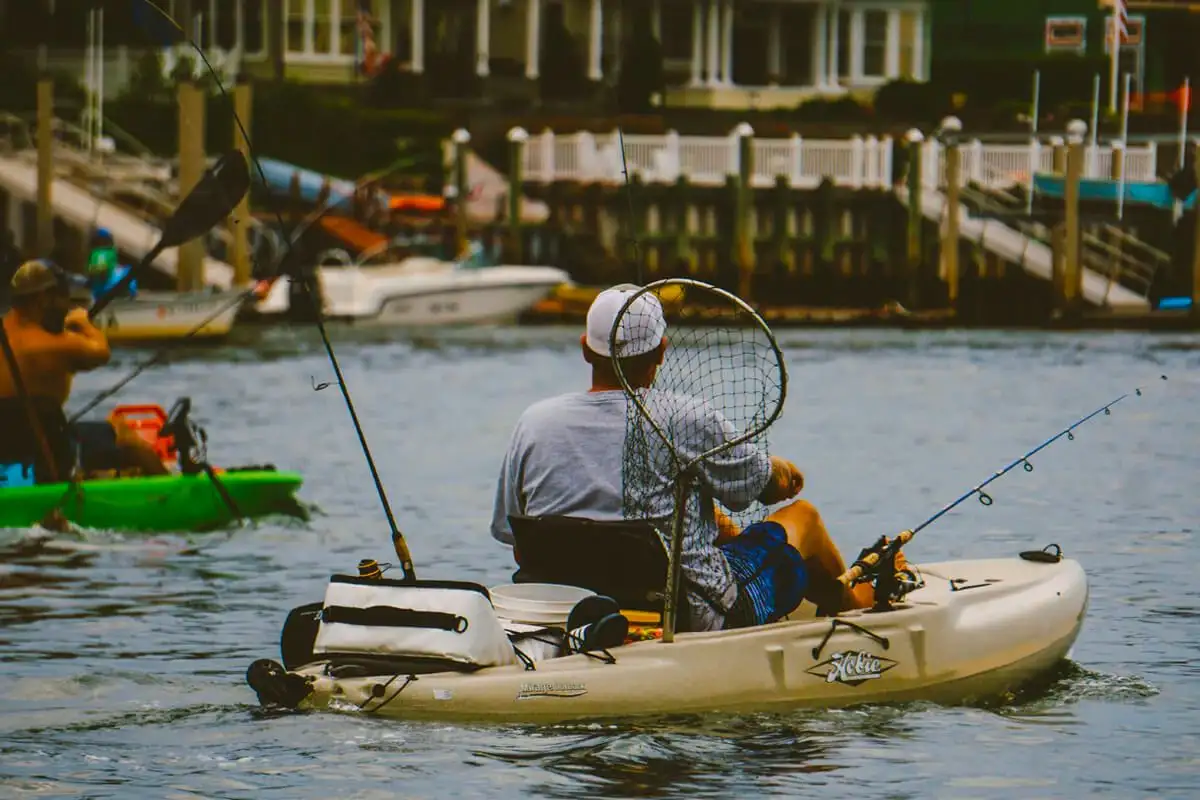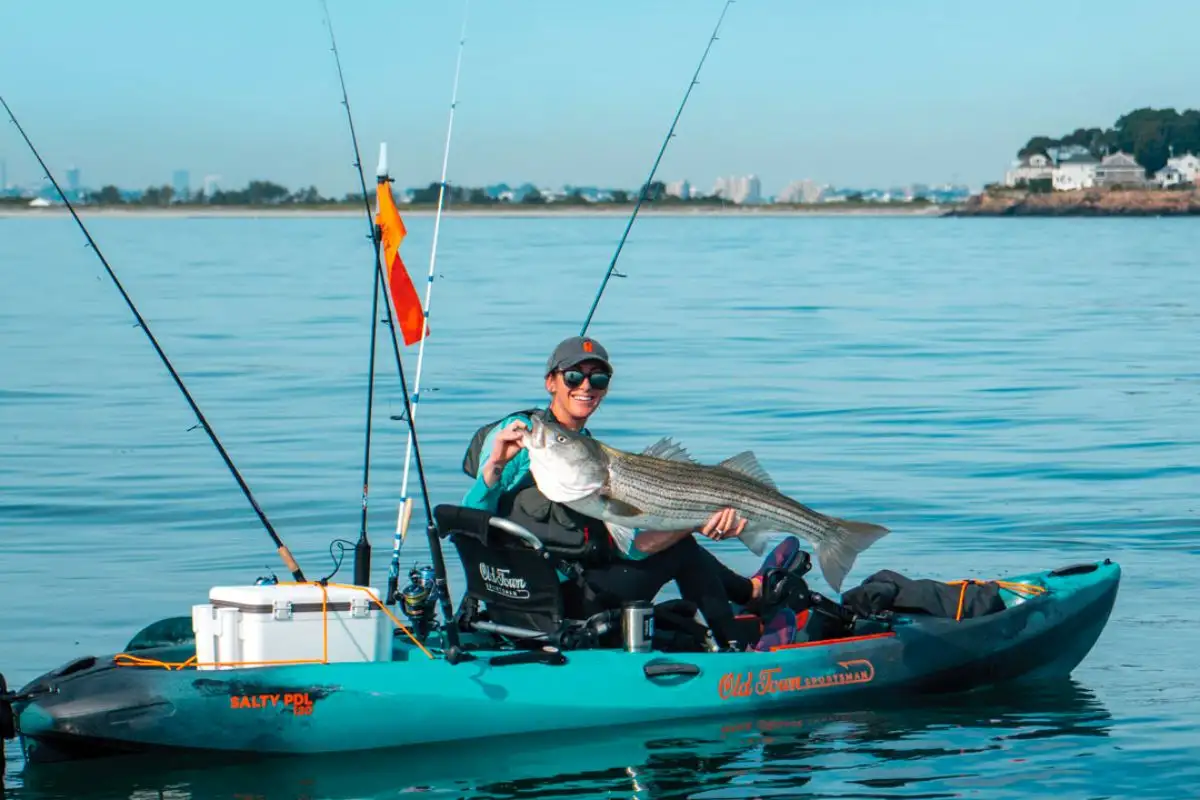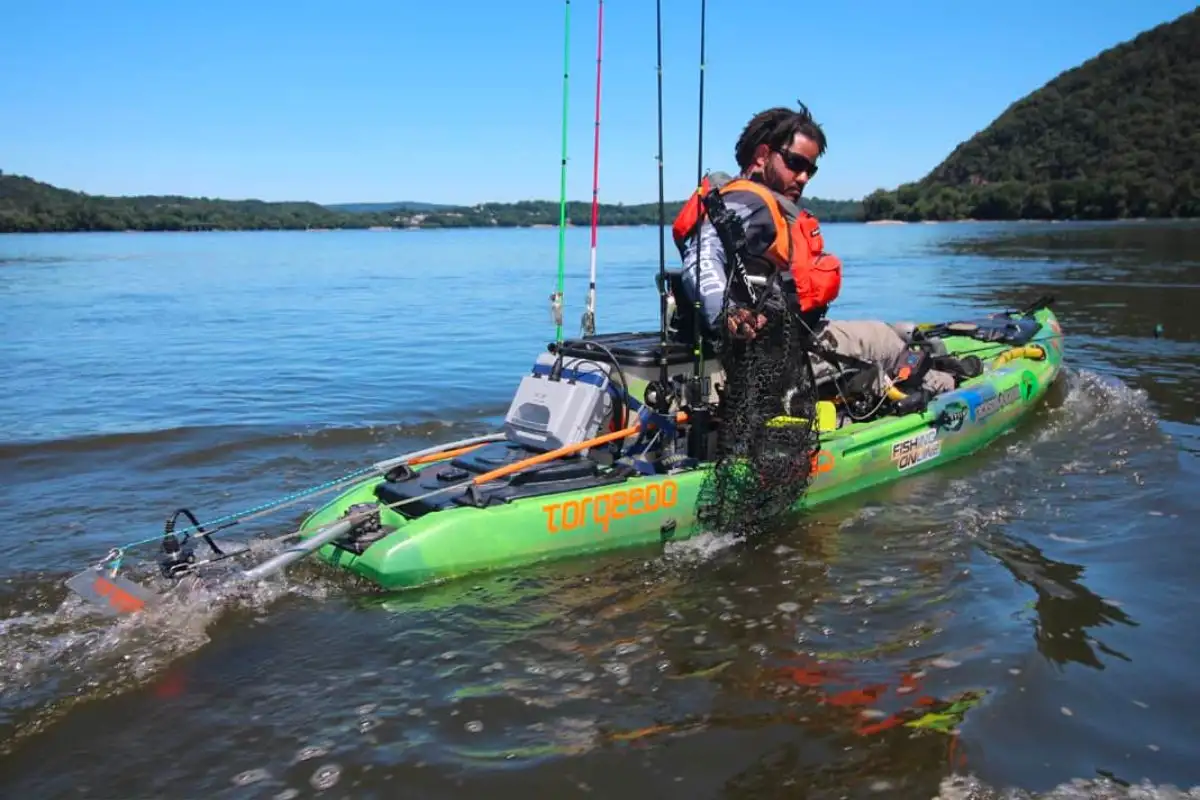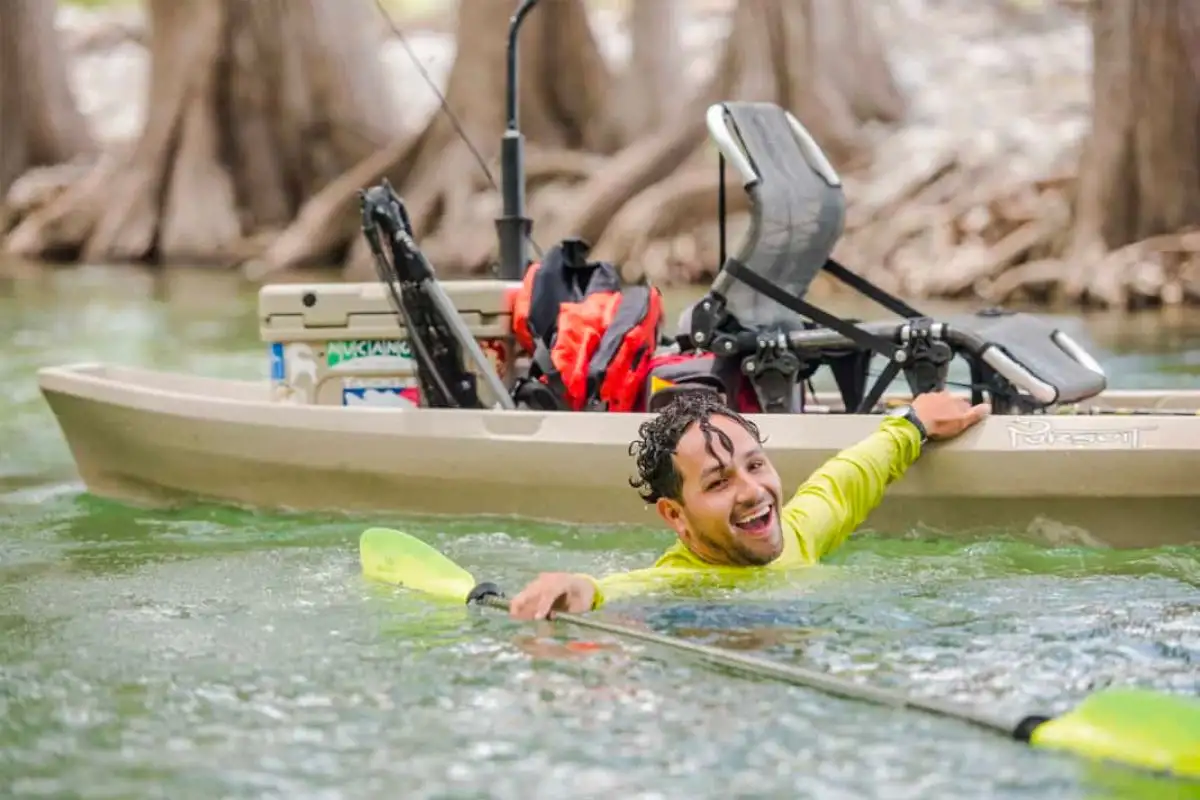Kayak fishing enthusiasts love the thrill of being out on the water, using their skills and the right equipment to reel in that big catch. However, one question often arises – are fishing kayaks safe? More specifically, do fishing kayaks tip easily? In this blog post, we’ll take a look at the factors that can contribute to tipping a kayak, and how to prevent it from happening.
Stability is Key
A kayak’s stability can be defined in two ways – primary and secondary stability. Primary stability refers to how stable a kayak is when it’s stationary or on flat water. Secondary stability comes into play when the kayak is in motion, particularly when it’s turning. Fishing kayaks are designed with stability in mind, but different models have varying degrees of stability that can affect their tipping threshold.
The Impact of Load Capacity
The weight capacity of a fishing kayak also plays a role in its stability. If you overload a kayak, it will become unstable and more prone to tipping. Knowing the weight capacity of your kayak and sticking to it is important for staying safe on the water.
Additionally, the placement of your gear and equipment can also impact the kayak’s stability. It’s best to distribute weight evenly, especially when carrying heavier items.
Water Conditions and Kayak Speed
Water conditions can have a big impact on a kayak’s stability. Rough waters, windy conditions, and stronger currents can all make a fishing kayak more susceptible to tipping.
Additionally, the speed at which you’re paddling can also contribute to stability. Faster speeds can create more movement, leading to a less stable ride.
Proper Kayaking Techniques
Proper kayaking techniques can go a long way in preventing a kayak from tipping. For example, using a low-brace technique, where you lean towards the side of the kayak that’s starting to tip while keeping your outside arm extended, can help you regain balance quickly. Additionally, learning a good sweep stroke can help you turn the kayak smoothly and reduce the risk of tipping.
The Importance of Safety Equipment
No matter how stable your kayak is or how skilled you are in kayaking, accidents can still happen. That’s why it’s important to always wear your personal flotation device (PFD) and bring along necessary safety equipment such as a whistle, signaling devices, and a first aid kit. Being prepared for the unexpected can make all the difference in staying safe on the water.
What should you do when your kayak overturns?
Kayak flipped is probably the thing you don’t want to happen the most. Either way, you should be mentally prepared for this situation. Here’s what you need to do to be able to turn the boat over:
- Flip the boat back to the upright position
- Gather the necessary gear for the boat with things that are too far to reach or are not too important consider throwing them away
- Use your hands to hold the sides of the kayak and put the upper half of your body on the kayak first
- Kick your legs until you have enough leverage and momentum to get everyone back into the kayak
- Carefully relax your body until you are back on the kayak.
Staying calm in all situations is the best advice I can give you.
Conclusion
So, do fishing kayaks tip easily? The answer is – it depends. A fishing kayak’s stability, weight capacity, water conditions, and kayaking techniques can all contribute to its tipping threshold. By understanding these factors and taking precautions such as proper weight distribution, proper kayaking techniques, and carrying safety equipment, you can greatly reduce your risk of tipping and stay safe while enjoying your time on the water. Happy fishing!




